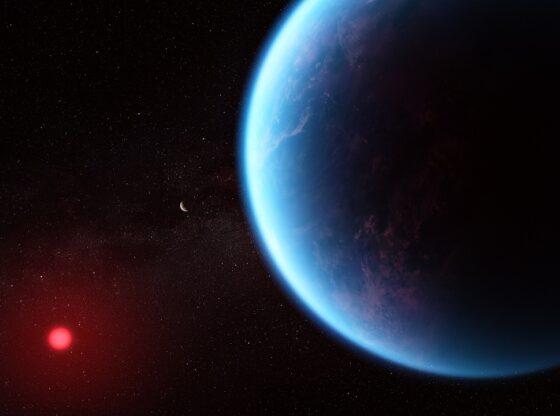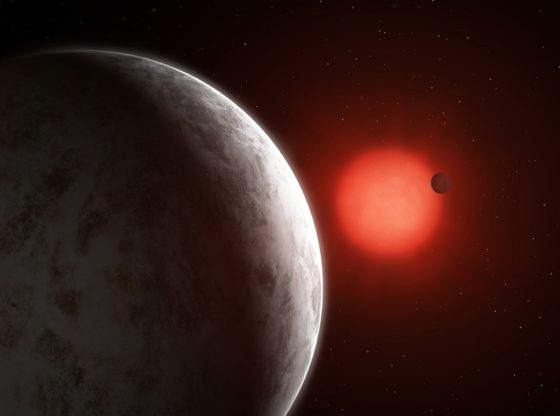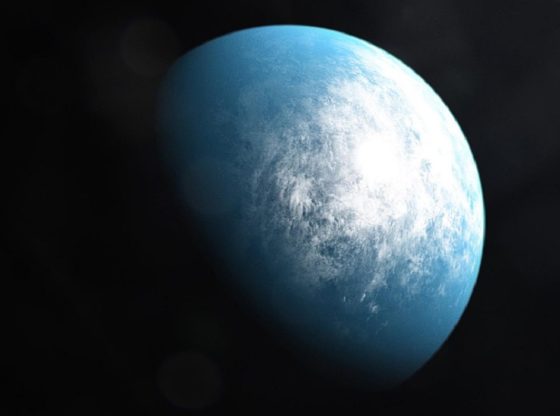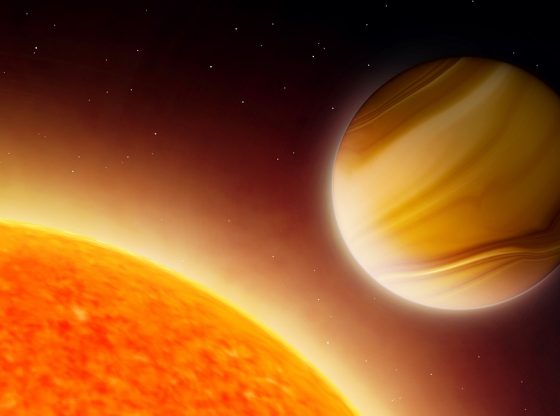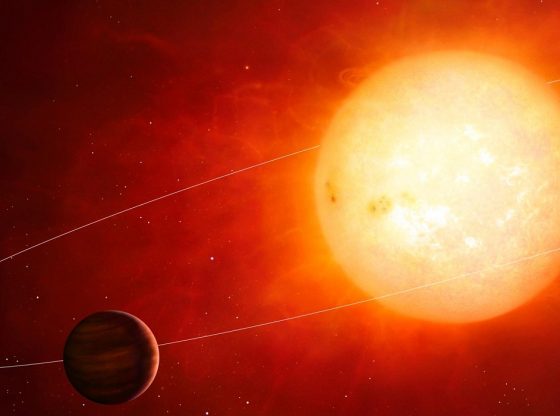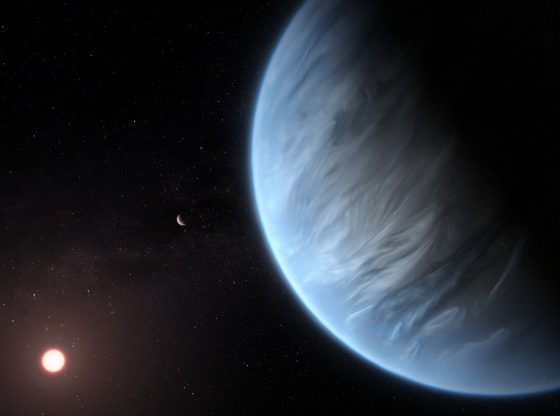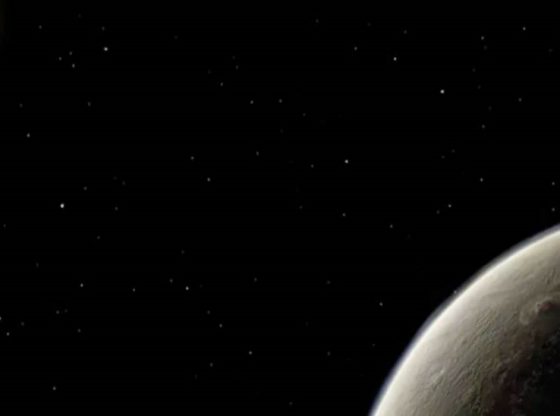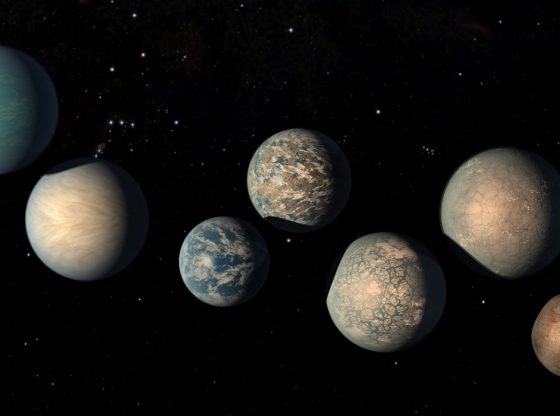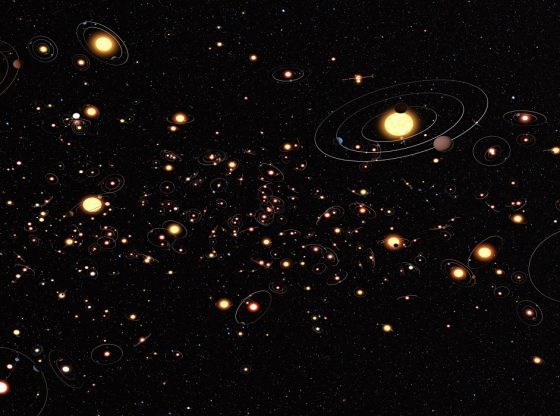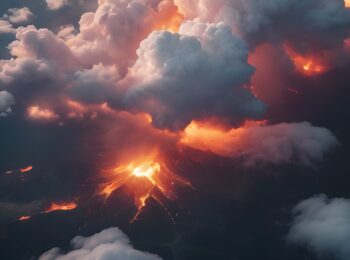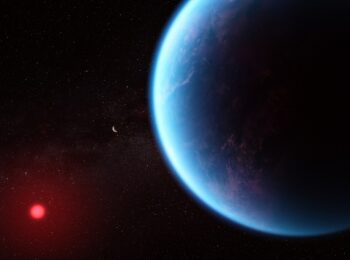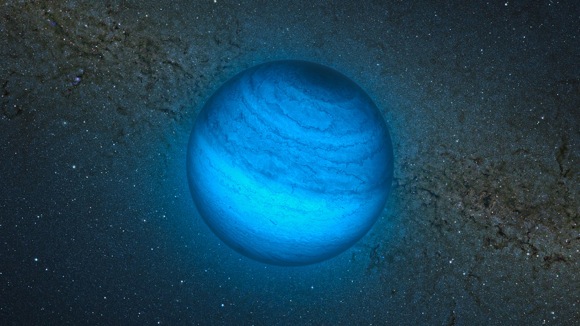
Astronomers using ESO’s (European Southern Observatory) Very Large Telescope and the Canada-France-Hawaii Telescope have identified a celestial body that is very probably a planet wandering through space without a parent star. Finding planets without the sun to orbit is very rare, and this newly found planet called CFBDSIR2149 is very rare indeed.
CFBDSIR2149 has a mass that is about four to seven times the mass of Jupiter and it is located about 100 light years from our solar system, which by distances in space, is relatively close.
Scientists have long cherished theories about the existence of free-floating planets, not bound by gravity to nearby stars. And with the exoplanet CFBDSIR2149 they have found the first proof that these theories are solid.
Philippe Delorme at the “Institut de planétologie et d’ Astro physique de Grenoble”, “Looking for planets around their stars is akin to studying a firefly sitting one centimeter away from a distant, powerful car headlight.” “These objects are important, as they can either help us understand more about how planets may be ejected from planetary systems, or how very light objects can arise from the star formation process,” “If this little object is a planet that has been ejected from its native system, it conjures up the striking image of orphaned worlds, drifting in the emptiness of space.”
Joseph Fourier, France, is the lead author of the study, “This nearby free-floating object offered the opportunity to study the firefly in detail without the dazzling lights of the car messing everything up.”
Philippe Delorme concludes, “Further work should confirm CFBDSIR2149 as a free-floating planet,” “This object could be used as a benchmark for understanding the physics of any similar exoplanets that are discovered by future special high-contrast imaging systems, including the SPHERE instrument that will be installed on the VLT.”
Below an artist’s impression of the free-floating planet CFBDSIR. The planet appears as a dark disc in visible light, silhouetted against the star clouds of the Milky Way.
_______________
ESO/P. Delorme/Nick Risinger (skysurvey.org)/R. Saito/VVV Consortium
______________________________

